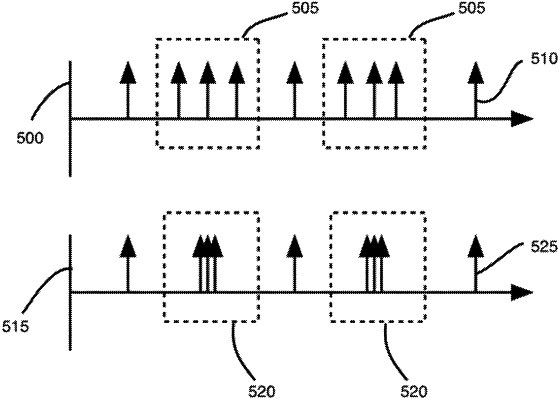| CPC G06N 3/049 (2013.01) [G06N 3/045 (2023.01); G06N 3/08 (2013.01)] | 17 Claims |

|
1. A neural network, comprising:
a first sensor node comprising:
a first sensor configured to generate a first sensor output based on detection of a first environmental condition, and
a first processor configured to output a first signal that has a first oscillation frequency in a first locking range, the first signal generated based on the first sensor output;
a second sensor node communicatively coupled with the first sensor node, the second sensor node comprising:
a second sensor configured to generate a second sensor output based on detection of a second environmental condition, and
a second processor configured to:
receive the first signal from the first sensor node,
output a second signal that has a second oscillation frequency in the first locking range, the second signal generated based on the second sensor output,
determine a modified second oscillation frequency by synchronizing the second oscillation frequency in the first locking range with the first oscillation frequency in the first locking range, wherein synchronizing the second oscillation frequency with the first oscillation frequency comprises modifying the second oscillation frequency so that a difference between the modified second oscillation frequency and the first oscillation frequency is smaller than a difference between the second oscillation frequency and the first oscillation frequency, and
output a modified second signal that has the modified second oscillation frequency; and
a third sensor node configured to generate a third signal that has a third oscillation frequency in a second locking range, wherein the second locking range is different from the first locking range.
|